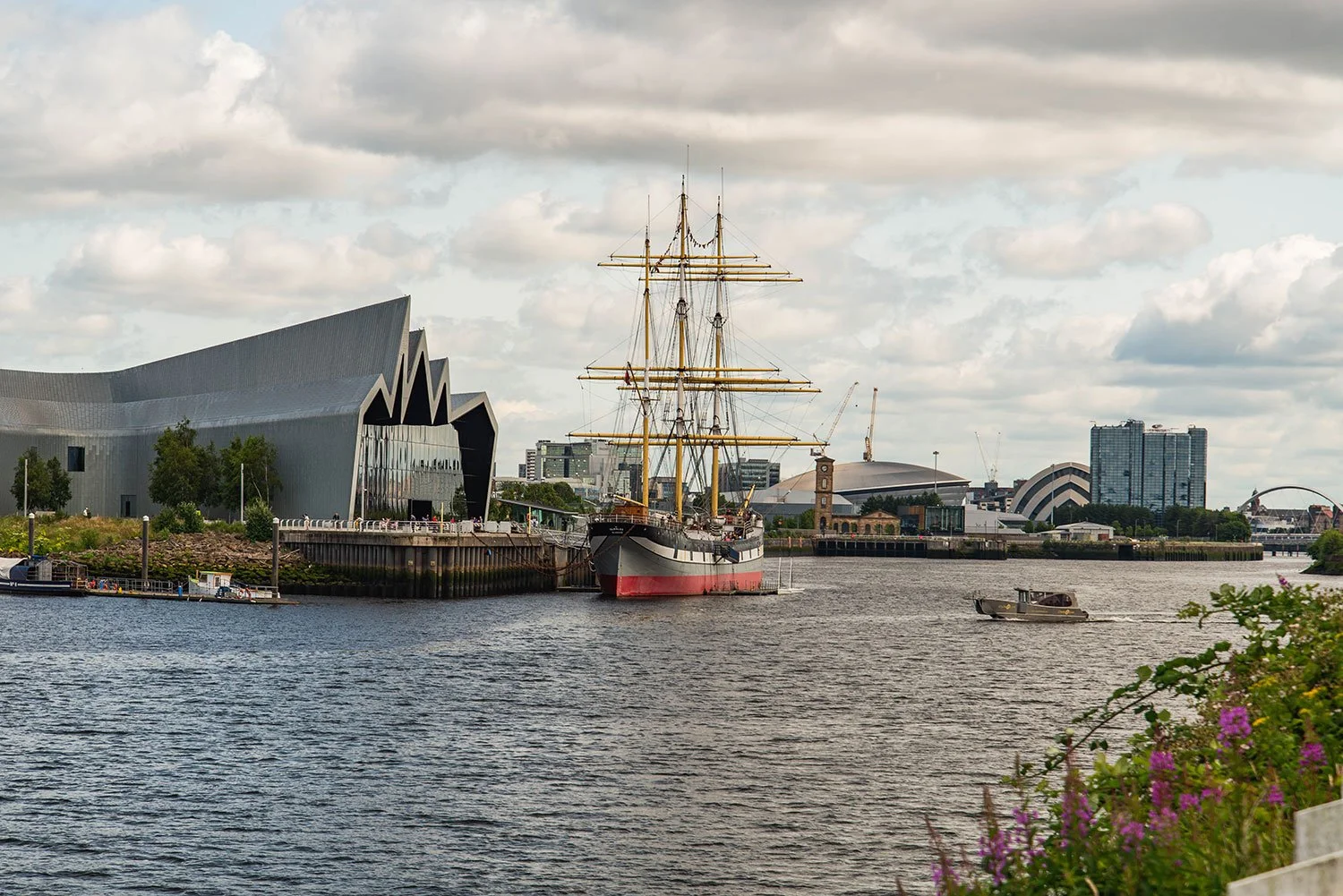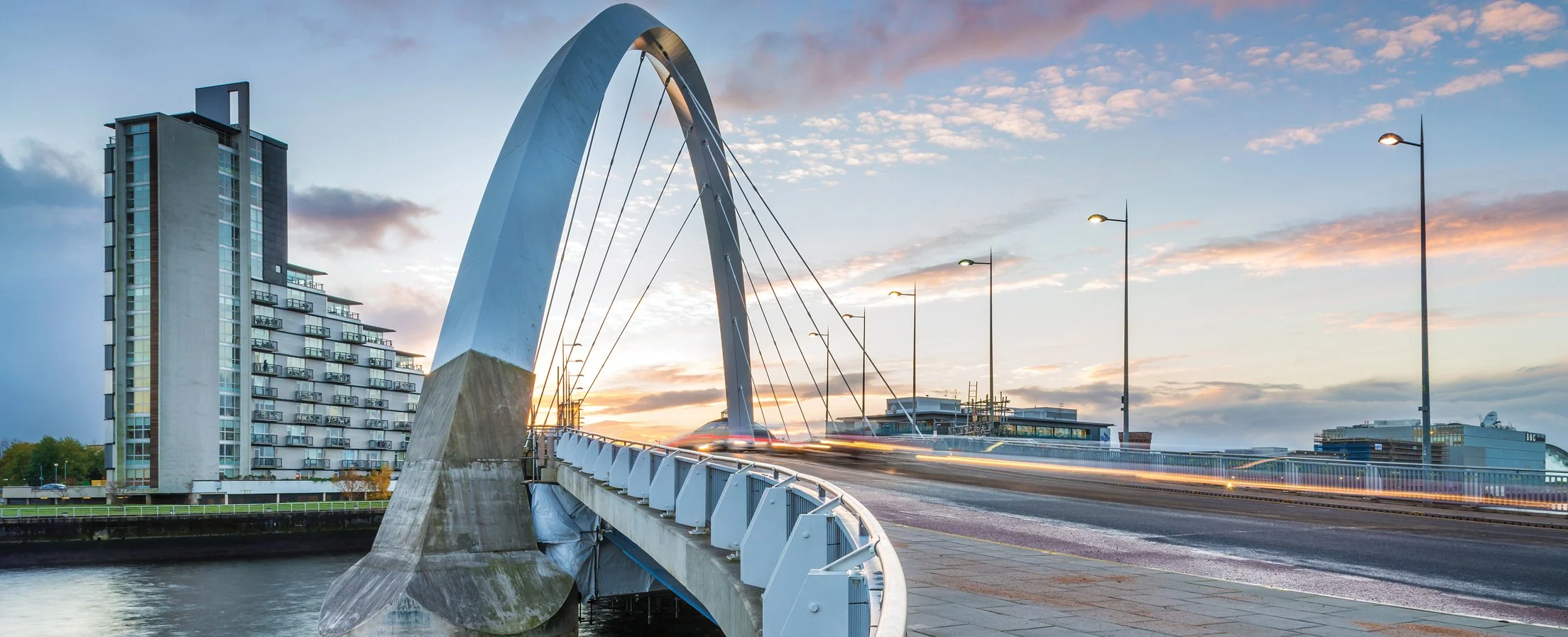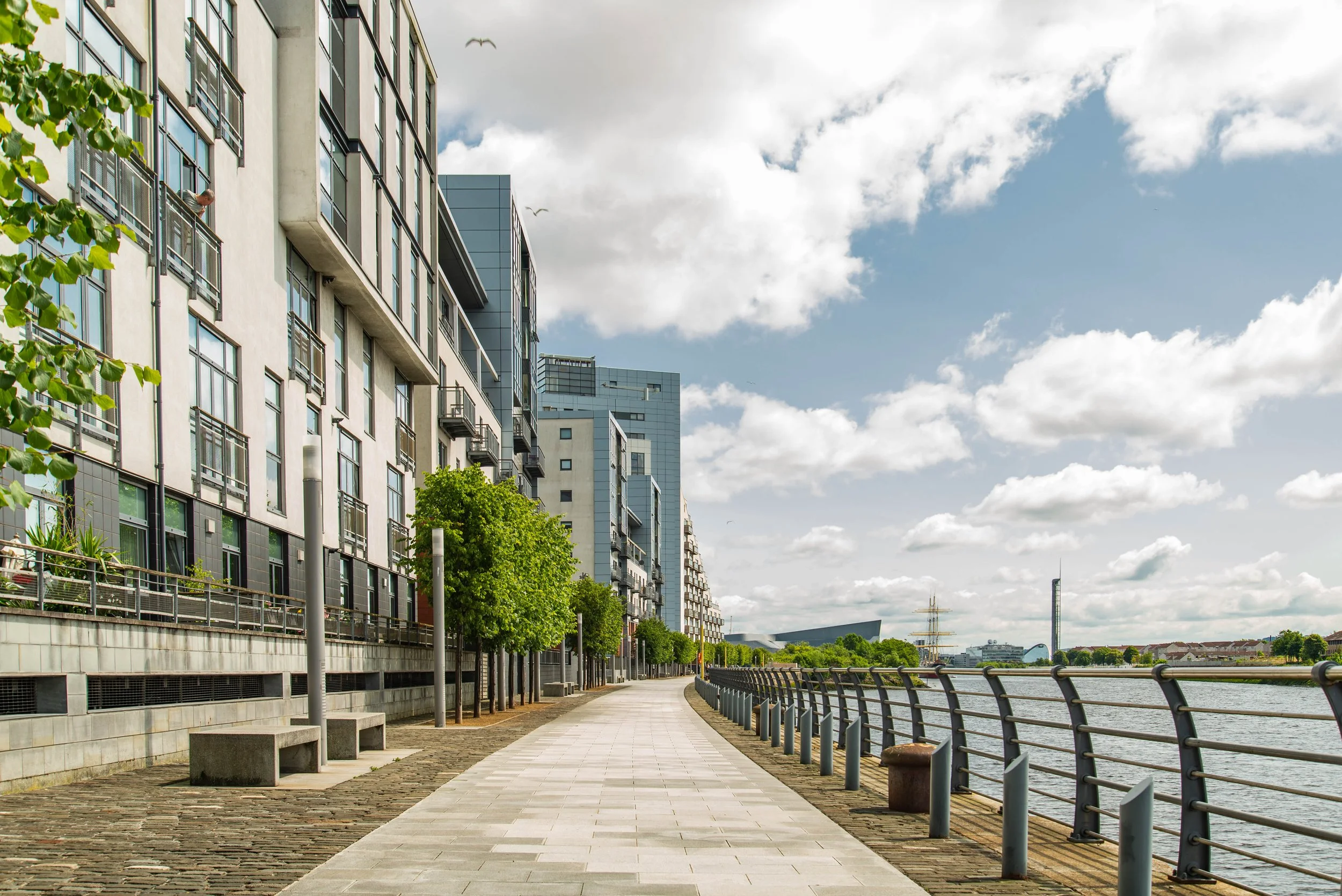
About us
Clyde Heat is a district heat network designed to deliver affordable, low carbon heat to buildings on the west side of the city. It will extract small amounts of heat from water in the River Clyde, boost the temperature of this heat using low carbon water source heat pumps (WSHPs), and then distributes this heat to buildings in the vicinity through underground pipes carrying hot water. The initial phase of the scheme intends to supply heat to new buildings along Yorkhill Quay as part of the Glasgow Waters development together with existing buildings.
The Glasgow Waters development of Yorkhill Quay includes over 1,000 new residential units, a 200 bed hotel and the proposed leisure and spa facility located across the River Kelvin being developed by Therme.
There is a major opportunity for expansion of the heat network to meet the needs of other existing and proposed buildings in the vicinity and this is being considered as part of the future phases of the project. We are actively seeking commercial building owners in the wider area to contact us if they are interested in being supplied with low carbon heat.
The heat network offers the opportunity for large scale heat decarbonisation in this area of Glasgow and aligns closely with the national objectives of the Scottish Government’s Heat in Buildings Strategy and, at a local level, the draft Local Heat and Energy Efficiency Strategy (LHEES) published in October 2023 by Glasgow City Council. The value of the scheme has been recognised by the Scottish Government who provided have provided significant grant funding to develop this heat network.
The project is forecast to save over 200,000 tonnes of carbon dioxide over the lifetime of the project. However, the carbon reduction benefits will continue long into the future as the electricity grid decarbonises. The scheme will offer a low carbon alternative to traditional heating solutions based on burning fossil fuels like natural gas and is therefore fully aligned with national and local ambitions to transition to cleaner heating to meet our Net Zero targets for addressing Climate Change.



